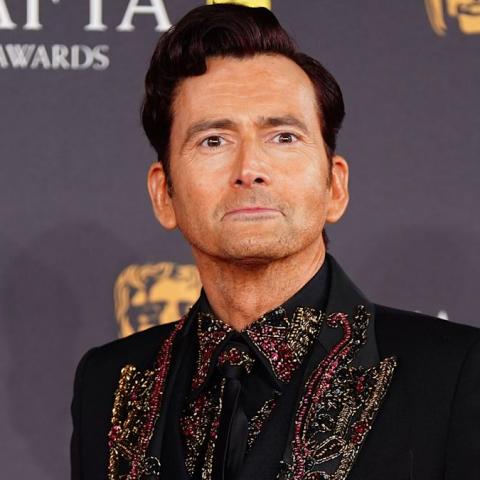The urgency around climate action has never been clearer. In recent months, communities around the globe have faced severe weather: floods, droughts, and heatwaves have become common alarm signals of the climate crisis. A senior UN official stated, “The stakes could not be higher.” These changes are driven mostly by human-induced global warming, which threatens not just our future but has immediate impacts today.
In 2015, world leaders came together in the Paris Agreement. They aimed to limit global temperature rise to below 2 degrees Celsius, ideally keeping it below 1.5 degrees. As part of this agreement, countries were required to set, update, and communicate their climate goals every five years, known as Nationally Determined Contributions (NDCs). Yet, as deadlines approach, many nations are struggling to keep their promises.
Latest Data on Climate Commitments
As the COP30 climate summit in Brazil nears, only 47 countries—barely 24% of global emissions—have submitted their updated targets. With over 100 nations ready to speak at the summit, the pressure is mounting to see concrete commitments.
Who’s Leading the Charge?
The European Union
The EU, once a climate leader, faces difficulties uniting its 27 member states on a clear climate strategy. Only recently did they indicate uncertainty in meeting an NDC deadline. Their interim targets show a commitment to a 66.25% to 72.5% greenhouse gas reduction by 2035 compared to 1990 levels. Experts warn these vague targets could undermine investor confidence and economic stability.
China
China, the world’s largest emitter of greenhouse gases, produces about one-third of global emissions. Recently, it committed to a reduction of 7-10% from its peak emissions. While some hail this as a significant pledge, others see it as insufficient. China is also the largest investor in clean energy, expected to invest around $625 billion this year according to Ember, a leading energy think tank.
Brazil
As the host for COP30, Brazil’s credibility is under scrutiny. Their goal to cut greenhouse gas emissions by 59-67% by 2035 from 2005 levels has drawn criticism for its vagueness. However, their updated national strategy does offer clarity by specifying cuts in key sectors like agriculture.
The United Kingdom
The UK was the first to industrialize, contributing heavily to historical emissions. Recently, they submitted their NDC on time, promising an 81% reduction in emissions by 2035. This ambitious pledge reflects a significant increase in climate commitment.
United States
The U.S. experience has seen drastic shifts in climate policy, primarily influenced by changes in administration. Despite setbacks under former President Trump’s withdrawal from the Paris Agreement, the U.S. is still on track to reduce its greenhouse gases by 26-35% by 2035.
Indonesia
Indonesia is watching closely for its upcoming targets. With plans to phase out fossil fuels within 15 years, they aim to reach net-zero emissions by 2050. This is ambitious but still in development.
Listening to the Public
Social media trends reveal growing frustration over insufficient climate action. Many young activists are advocating for immediate changes, urging governments to take concrete steps toward sustainability. User reactions show that people are increasingly aware of climate issues and demand accountability from their leaders.
Conclusion
The clock is ticking. World leaders must act decisively to meet their commitments and bolster global efforts to mitigate climate change. Public awareness and pressure may help drive this urgency, but without clear, actionable targets, we risk greater consequences for our planet.
For further reading, check out the World Resources Institute’s detailed reports here.
Source link
climate,summit,UN,donald trump,un climate summit,world resources institute,prabowo subianto,li shuo,joe biden,andreas sieber






















